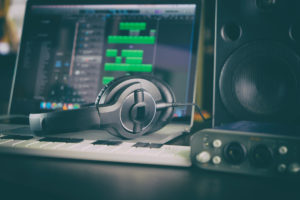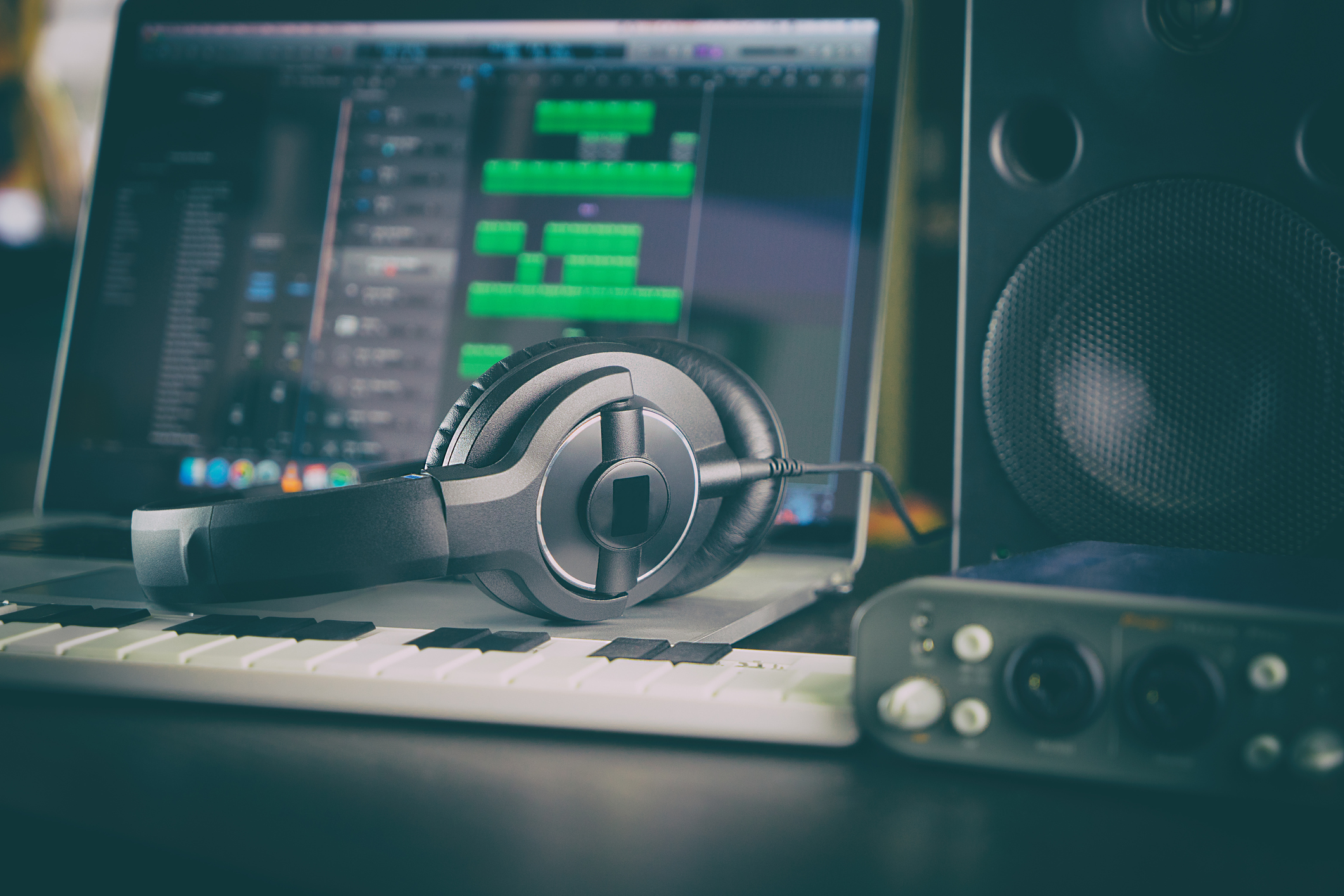Think about a movie, a TV show, or even an advertisement that you’ve watched recently. You may recall extraordinary cinematography, superb acting, or seamless stunt-double maneuvers. It’s fair to say these aspects (and more) greatly enhance the production value of the finished product. However, one aspect of film or video that isn’t usually noticed quite as much is the audio soundscape and overall sound mixing of a piece.
Audio subconsciously tells your brain to feel a certain way, which is exactly why audio mixing is such an essential part of any content creation aspiration. This isn’t limited to just music, but also includes virtually any sound effect that might be used. With a well-placed sound effect, a basic clip transition now comes to life with renewed energy, providing a much-needed jolt to the video timeline. Most sound effects – just like music – come with an aura, be that joyful, melancholy, exciting, anxiety-provoking, or anything else. These can be used to an editor’s advantage to plant the subconscious seed of intended emotion in the mind of the viewer. On top of it all, going the extra mile to include quality and fitting audio effects in your piece will likely make it seem more professional and appealing. Doing so will also increase the likelihood of any given viewer watching all the way to the end, as the production value usually captures their attention for longer (this point is especially valid for YouTube content, which is pushed along in the algorithm largely based on watch time).
Sound effects can help your content gain some traction in the online space, no doubt. However, the argument could be made that great music tracks have an even larger impact; they “paint the picture” auditorily – a massive aid from a storyteller’s perspective. Great content has a plan and a purpose, with a specific story to tell, no matter the objective. Having the ability to change all aspects of the background (or foreground) music, as well as the ability to swap tracks out as often as needed, should never be overlooked; the effects of such capabilities can be profound. For example, imagine watching a movie in the theater without any music tracks. It would feel awkward, weird, or maybe even worse – because we’re so used to emotional, bold music helping us to decipher what is going on in the plot. Without it, audiences would begin to lose their “suspension of disbelief” as films would begin to look unnatural. Major motion pictures, or most kinds of online video, would be greatly lacking without their engaging soundscapes assisting with the storytelling.
Various programs exist to aid with sound production. Audacity, a free software, is excellent for those looking to work with high-quality effects at an introductory level and to enrich the sound of a given clip. Video editors like Adobe Premiere, Sony Vegas, Final Cut Pro, and DaVinci Resolve also have functionalities for enhancing music and sound effects. On the upper-scale of things, Ableton Live and FL Studios are professional-grade audio programs that will offer the widest selection of tools at your disposal.
As the digital world advances, new expectationsand norms form around content creation standards. Whether it’s fewor many, utilizing great, well-placed audio has a plethora of perks when it comes to capturing the genuine interest of a viewer. Far too many underestimate the great power it possesses, but for those who recognize and take advantage of the perks of audio early and often will be ahead of the game in a big way. Give it a try on an upcoming project and check the video analytics after a few days – I’m sure there won’t be any disappointment.


